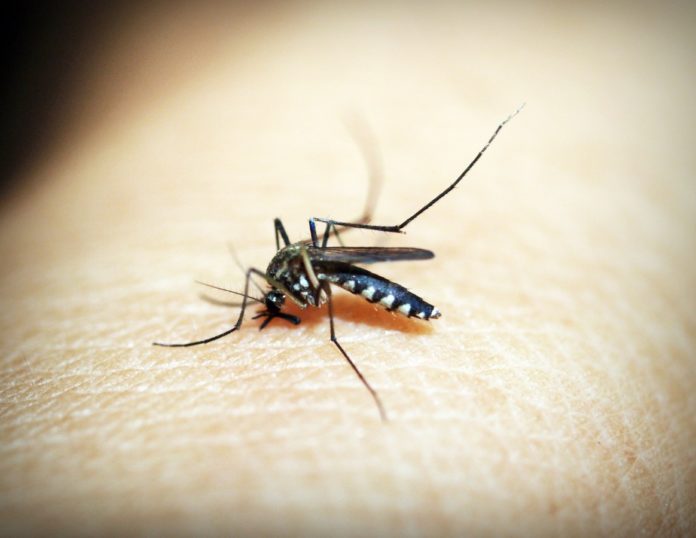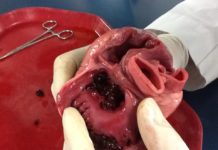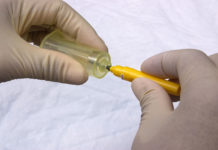
A new research raises hopes that the virus could be stopped from replicating inside the insect
A mosquito’s ability to replicate and transmit a virus depends on the environment of tissues in its midgut and may hold the key to preventing mosquito-borne diseases like Zika and Dengue, a study has found.
The midgut is the primary site of infection, according to the researchers. By targeting the sphingolipid pathway, which links together several pathways important for cell signalling and subcellular structure that are altered by virus infection, researchers could devise strategies that stall viral replication in the mosquito and prevent its transmission to humans.
After an infected mosquito bites a host, the host comes down with the disease, and eventually another mosquito bites the host, picks up the disease in its blood meal and the cycle continues. The host in this case is a human.
“The strategies that are being pursued right now often involve sterilising mosquitoes or eradicating them, and those might work, but a subtler way would be simply changing the ability of the virus to exploit a pathway and let the mosquito continue on like nothing happened. It’s fairly common these days to alter the expression of genes, so we might be able to create a different form of the enzyme that is not susceptible to virus manipulation ,” said Richard Kuhn, from Purdue University in the US.
Arboviruses such as the dengue virus move between mosquitoes (or ticks) and hosts. After an infected mosquito bites a host, the host comes down with the disease, and eventually another mosquito bites the host, picks up the disease in its blood meal and the cycle continues. The host in this case is a human. Though less than ten cases of Zika have been reported in India, there is a very high dengue burden – in 2017 there were 157220 cases and 250 deaths because of the mosquito-borne infection, according to data available with the National Vector Borne Disease Control Programme.
When a mosquito is infected, its metabolism changes to accommodate the virus. In the case of Aedes aegypti, the “yellow fever mosquito,” that also spreads dengue, there are big fluctuations in molecules that function as membrane building blocks, energy storage molecules and intermediates in lipid production. These changes could be a result of cellular resources being redistributed for viral replication, the cellular response to infection, or both. The consequences for mosquitoes aren’t totally clear.
“There is a lot we don’t know about the ‘cost’ to the vector, but there is no argument there is one. The same phenomenon occurs when we get an infection. There are signatures that indicate it experiences stress, and host resources are ‘redistributed’ to processes that affect pathogen infection, replication and transmission, and presumably away from other life cycle processes,” said Catherine Hill, a researcher at Purdue.
The study, published in the journal PLOS Pathogens, describes the first comprehensive analysis of the Aedes aegypti midgut. Usually, this type of experiment is done in cells, and researchers make assumptions about how the results would translate to a human or mosquito. “Here, we’re looking directly at the mosquito,” Kuhn said.
Arboviruses are endemic in tropical and subtropical regions of the world, but rising temperatures are expanding the areas in which mosquitoes can thrive. Cases of dengue have increased 30-fold over the past 50 years, and climate is known to be one of the important drivers. “Control of mosquitoes that transmit diseases to humans is at a crisis point. We currently rely on only four classes of insecticides; resistance to these products is widespread among mosquito populations and we face a very real risk of losing control or being unable to contain disease outbreaks,” said Hill.











